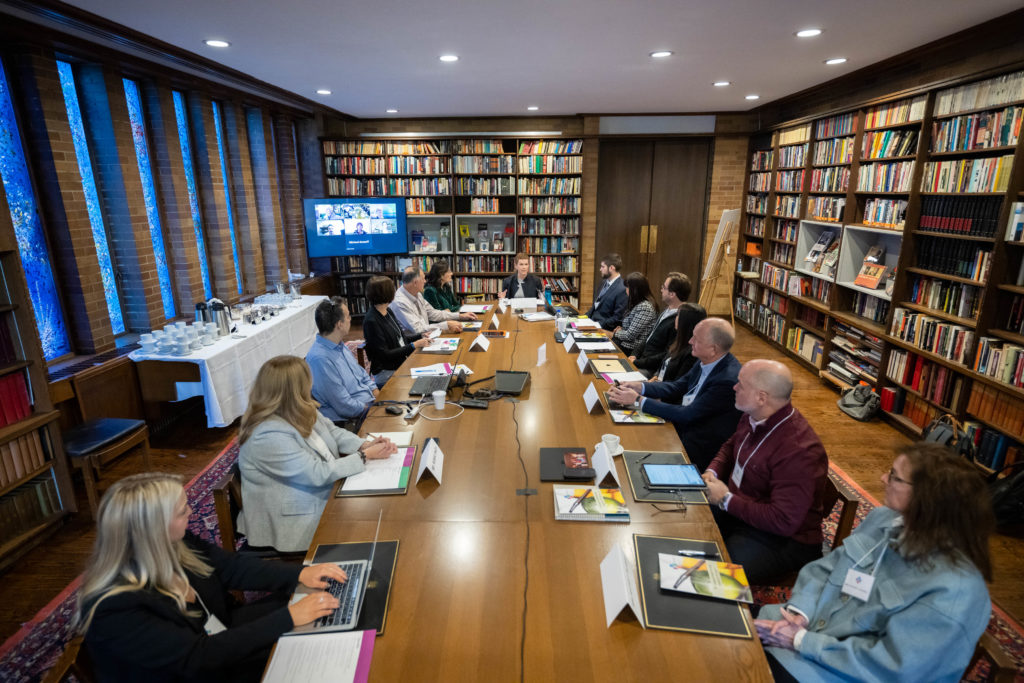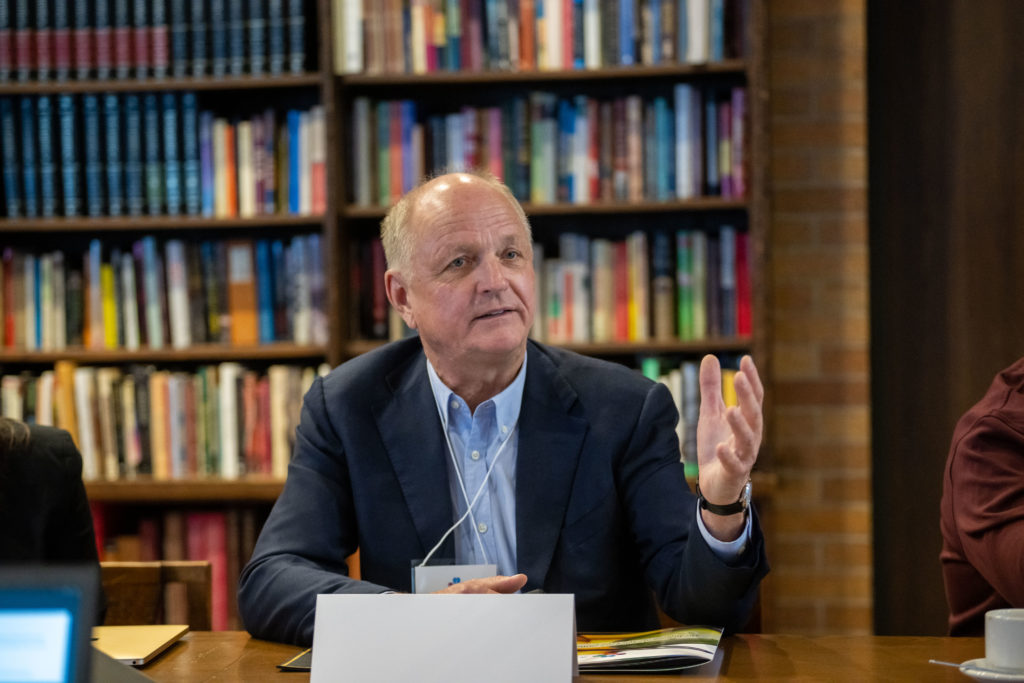By: David Seyfert



In 2022, at the Foundation’s inaugural Global Scientific Summit, Dr. Olle Kämpe (pictured in center photo) and I were discussing APS Type 1, the AIRE gene, and the critical importance the two played in our understanding of how the immune system works, specifically in regards to the concept known as “central tolerance.” I happened to mention that my reading had lead me to believe that the rare disease IPEX, which is caused by a mutation of the FOXP3 gene, was the other key to understanding autoimmunity specifically regarding the concept of “peripheral tolerance.” He smiled and replied, “That’s exactly right!”
This year’s Nobel prize in physiology and medicine was awarded to Mary E. Brunkow, Frederick J. Ramsdell and Shimon Sakagucki for their groundbreaking research into IPEX, the FOXP3 gene and peripheral tolerance. The chair of the Nobel committee for physiology or medicine is Dr. Olle Kämpe, who many of you have met at our bi-annual symposia. This year’s prize demonstrably illustrates the importance of studying rare diseases, including APS Type 1, in order to find cures and treatments to other, more common diseases.
To learn more about this great honor, I am sharing today The Nobel Assembly’s publication entitled “Scientific Background to the Nobel Prize in Physiology and Medicine” by Professor Gunilla Karlsson Hedestam, Ph.D., Member of the Nobel Committee, and Professor Olle Kämpe, M.D., Ph.D., Chair of the Nobel Committee. in this article, you’ll see the importance of APS Type 1 and the AIRE gene on this work, including the work of Mark Anderson, a member of the Foundation’s medical advisory committee and great supporter of our community.
Key Quotes from the Nobel Assembly Article
The immune system is a marvel of intricate checks and balances, enabling robust defences against infections while, in most cases, avoiding destructive responses against the body’s own tissues. How is this balance maintained? This question has puzzled immunologists for more than a century. Through a combination of insightful observations and carefully designed experiments, this year’s Laureates of the Nobel Prize in Physiology or Medicine, Mary E. Brunkow, Fred Ramsdell and Shimon Sakaguchi, made discoveries that provided critical answers. By defining CD4+CD25+FOXP3+ regulatory T cells (Treg cells) and their importance in the control of self-reactive responses, their work decisively launched the field of Treg cell-mediated peripheral immune tolerance. The story is one of scientific curiosity, persistent investigations and critical discoveries that have revolutionized the understanding of immune regulation, with relevance for self-tolerance, autoimmunity and tumour evasion.
. . . [I]nvestigators sought to understand the molecular basis of central tolerance, where self-reactive T cells are deleted in the thymus. An important step was the identification of the AIRE (autoimmune regulator) gene by two consortia, one led by Leena Peltonen (Finnish-German Apeced Consortium 1997) using a large cohort of patients with the rare disorder autoimmune polyendocrine syndrome type 1 (APS-1) – also named autoimmune polyendocrinopathy- candidiasis-ectodermal dystrophy (APECED) . . . Mark Anderson, Christophe Benoist and Diane Mathis were the first to explain how AIRE, a transcription factor, enables the elimination of self-reactive T-cells in the thymus (Anderson et al. 2002). They showed that AIRE activates the expression of tissue-specific antigens in medullary thymic epithelial cells (mTECs), thereby allowing newly formed T cells to be tested for potential self-reactivity. In the absence of significant self-reactivity, the T cells are left intact and exit the thymus to enter the circulation. In contrast, strongly self- reactive T cells undergo elimination through apoptosis.
